Multiple lineages of snakes evolved independently over time to colonise different marine habitats. Sea snakes are a recent lineage of elapid snakes with terrestrial origins from Australian snakes and diversified largely within the Indo-Pacific Ocean. Phylogenetic studies date sea snake evolution back to 6-8 million years but rapid speciation seems to have occurred 2-3 million years ago in Southeast Asia. Sea snakes are the most speciose (species-rich) group of aquatic snakes, contributing to 85% of the marine reptile fauna. The highest diversity in sea snakes belongs to the genus Hydrophis, with >65 species found mostly within the Indian Ocean. Sea snakes occur in all types of marine habitats: estuaries, coral reefs, muddy ocean floors and even rivers. Here are images of a few sea snakes found along the Indian coast. All images © Chetan Rao. Article continues below the images.
India has around 22-25 species of sea snakes found all along the coast. Sea snakes can be completely aquatic or amphibious. Species like the yellow-lipped sea krait found in Andaman and Nicobar Islands spend equal amounts of time on land and in the water while sea snakes that belong to the genus Hydrophis are completely aquatic. Sea snakes hunt a wide range of marine fauna like fishes, molluscs, gastropods etc. Sea snakes are venomous, and their venom is highly potent in comparison to other terrestrial snakes. However, in one group of sea snakes, the turtle-headed sea snakes, the venom potency has reduced due to their dietary preferences of fish eggs.
Nearshore habitats where sea snakes occur are being degraded due to direct or indirect anthropogenic activities. Globally, sea snakes are vulnerable to larger oceanic changes due to climate change, especially in biodiversity hotspots. But they are directly impacted by overfishing, where they are caught as bycatch. Many of these species are under threat of bycatch deaths caused during fishing. They are also commercially harvested in Southeast Asia and harvest numbers have declined over time. Studies have also shown declines and changes in species assemblages from the coast of Malvan, Maharashtra where fishing operations are carried out in high volume. Effective strategies to conserve sea snakes are lacking in India. However, thorough implementation of existing Indian fisheries laws in different coastal states might help mitigate some of the threats to sea snakes.
Sea snakes play an intermediary role in ecosystems; they are both prey and predators of various marine fauna. Thus, studying and conserving sea snakes is also an important way to check coastal ecosystem health.

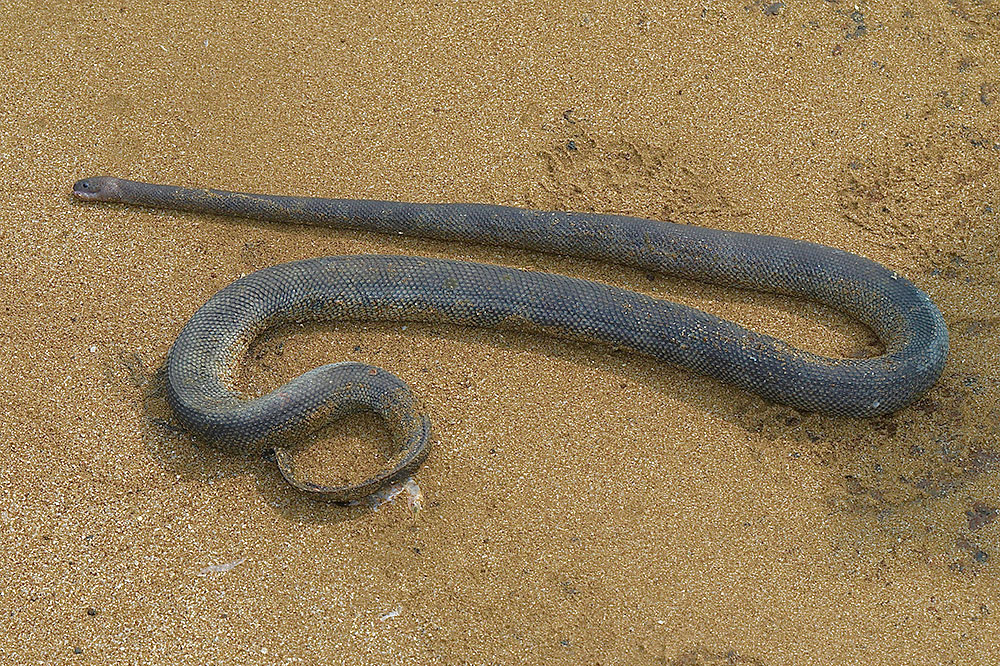
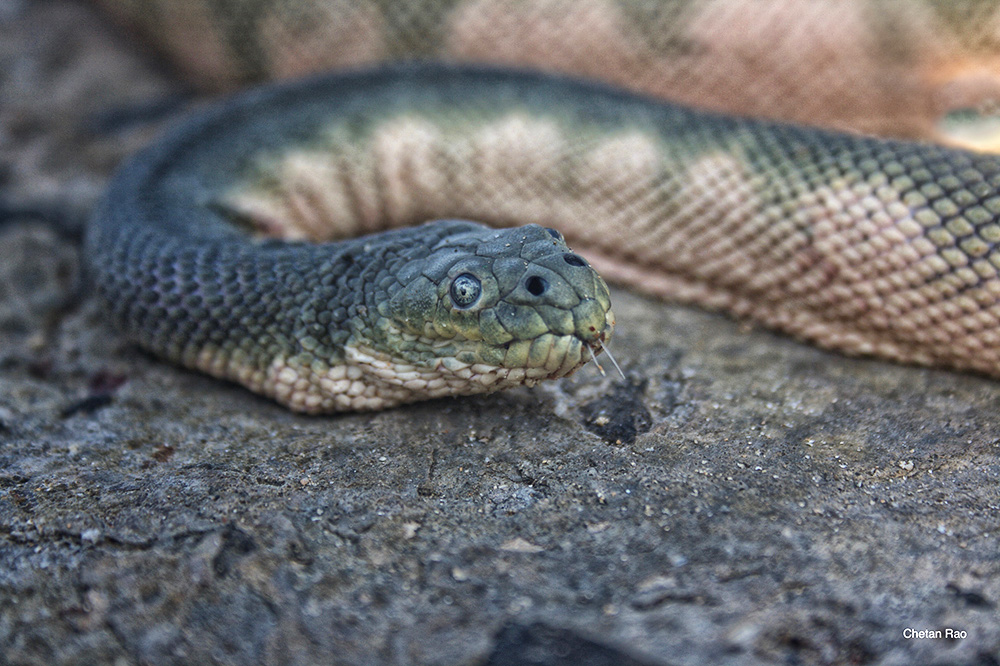

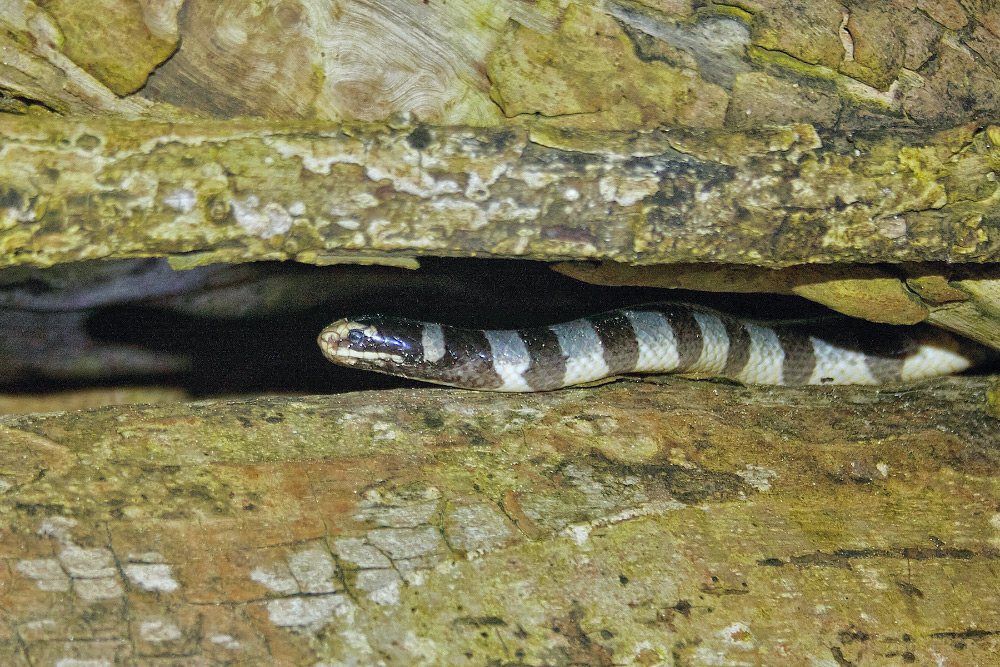
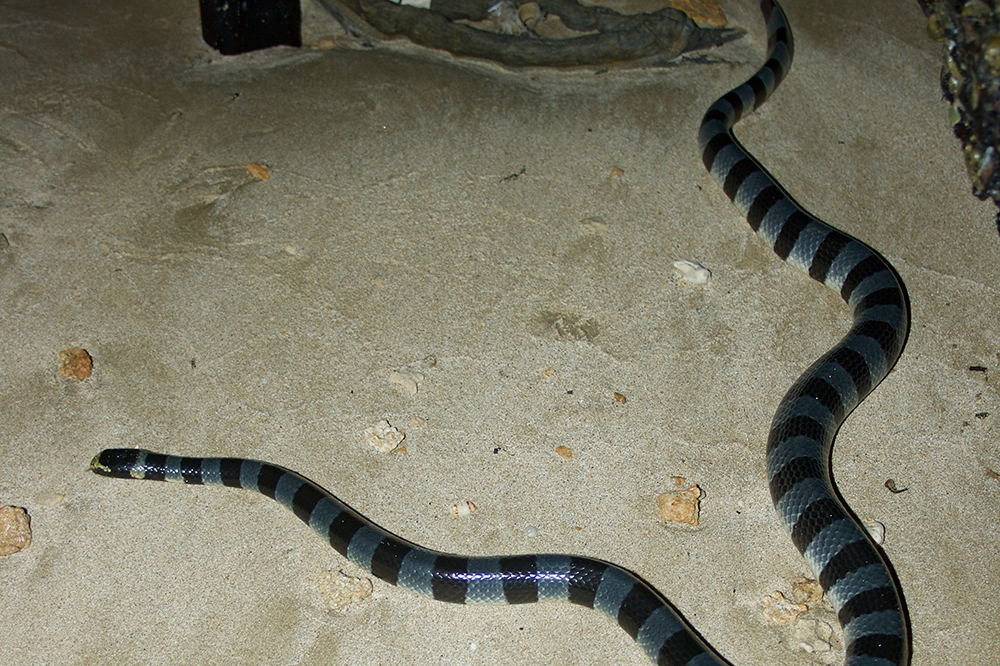
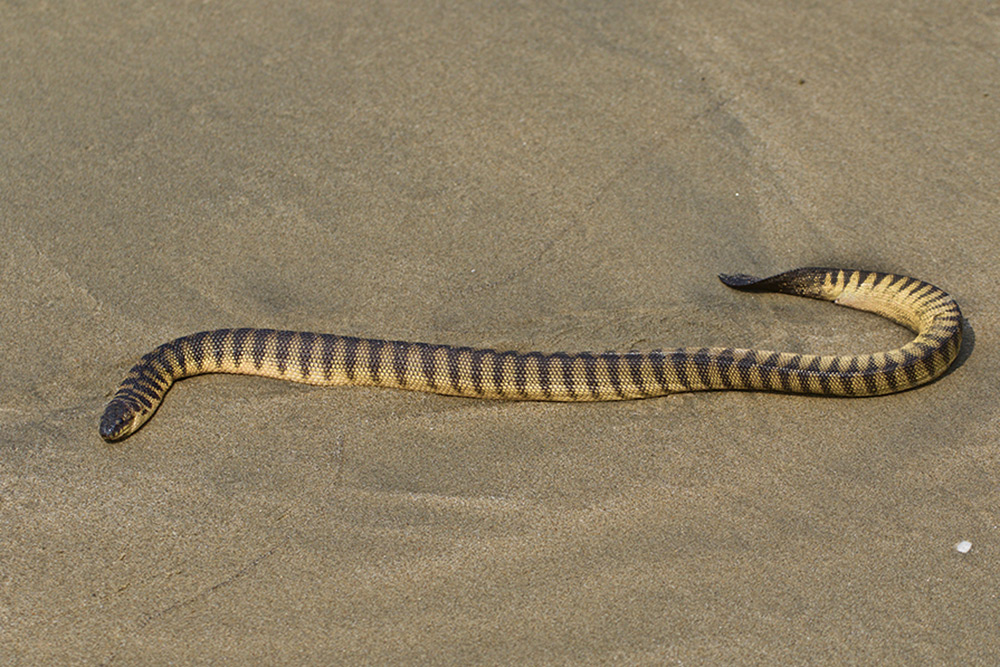

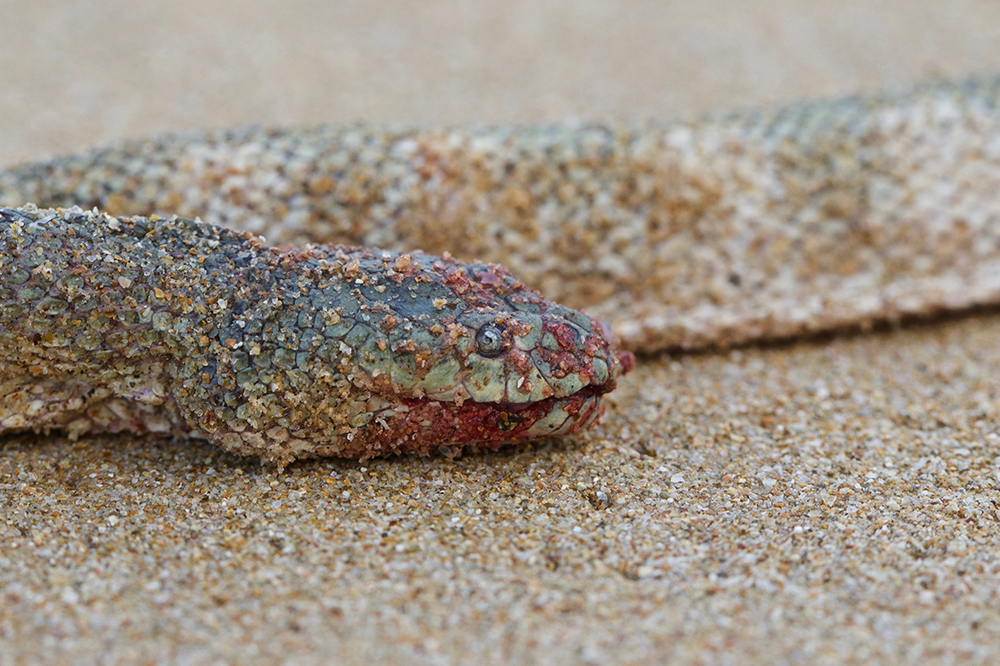
 CI is a non-profit, non-commercial portal that aims to facilitate wildlife and nature conservation by providing reliable information and the tools needed to campaign effectively.
CI is a non-profit, non-commercial portal that aims to facilitate wildlife and nature conservation by providing reliable information and the tools needed to campaign effectively.
Chosen as 'Picture of the Week'
India has around 22-25 species of sea snakes found all along the coast. Sea snakes can be completely aquatic or amphibious. Bycatch deaths is a big threat to these snakes.